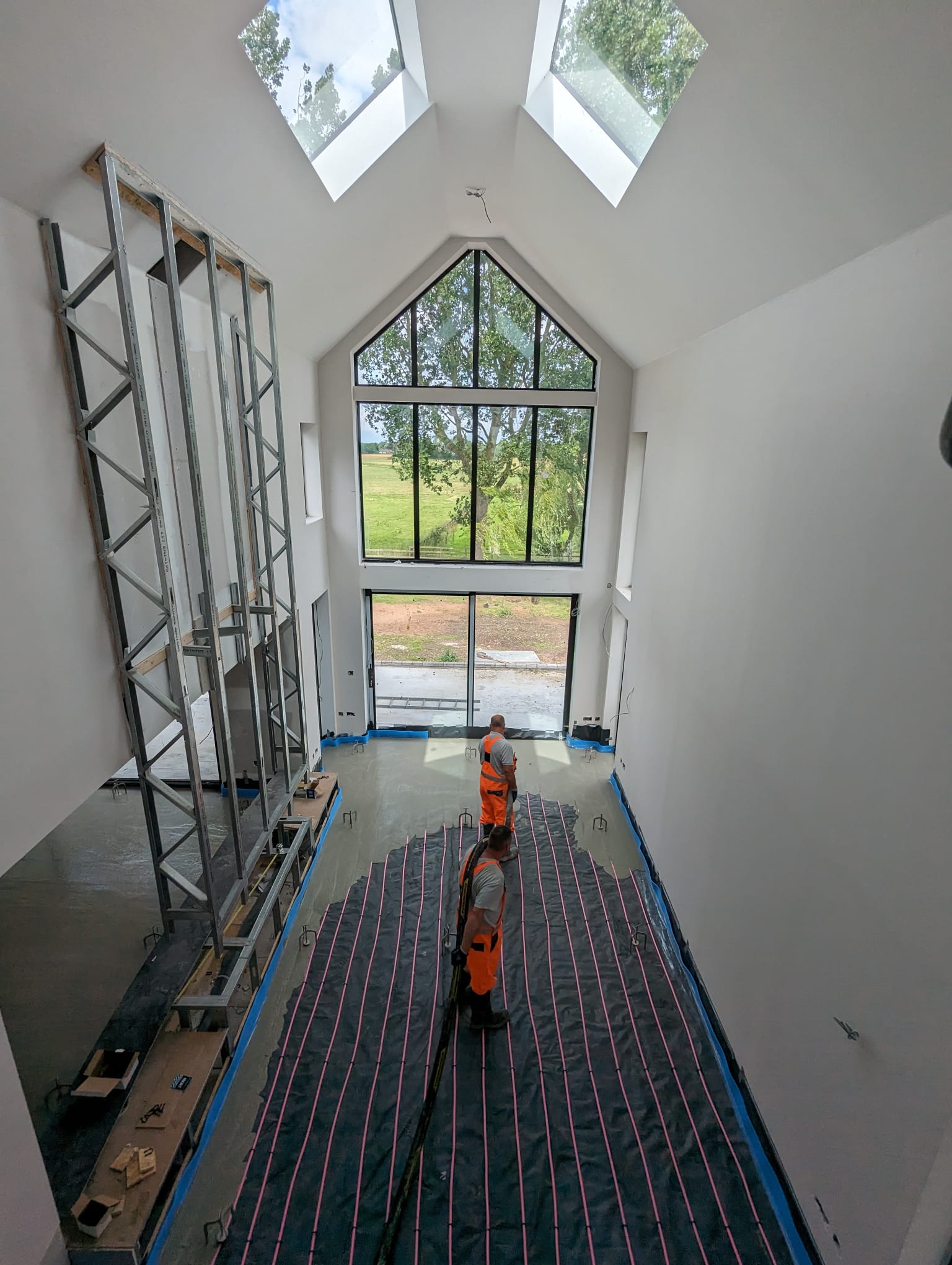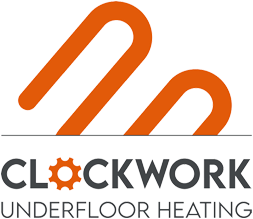 Add My Company
Add My Company
Understanding the Layers of your Floor

At Clockwork Underfloor Heating, we understand that installing underfloor heating (UFH) can seem like a complex process, especially when it comes to the layers beneath your floor.
When you enter a home or business, one of the first things you notice is the floor. You immediately decide whether you like the carpet, the wooden floor, or the concrete, but what you don’t think of is the layers underneath that you can’t see.
In this article, we’ll be taking you through the different layers that make up your floor, explaining their purpose and how they interact with UFH systems.
By understanding the construction of your floor, you’ll be able to make informed decisions about your UFH installation and ensure a comfortable and energy-efficient heating solution for your home.
Understanding the Layers of your Floor
The above graphic shows the different layers of the floors within your home or building. So from the bottom up, we will now go through each layer, starting with the joists.
Joists
The floor joists are the first layer of your floor. So, what do floor joists do? They are horizontal beams that span between the walls of the room and they act as the foundation and support for the rest of the flooring layers. Joists are usually constructed with engineered wood, metal or lumber.
Suspended Heat Plates
Concrete Subfloor
The concrete subfloor or ‘structural floor’ is the next level of flooring above the floor joists. It provides the structure that the final flooring material (carpet, laminate, tiles etc) will need. Subfloors can be made of either concrete or plywood, depending on how supportive you need the floor to be and they are typically attached to the joists below with nails or screws.
Concrete Subfloor
Can I install floor heating directly onto the subfloor?
You can install underfloor heating systems directly onto the subfloor, however, we do recommend that a poured insulation is used beforehand to ensure optimal thermal performance from the underfloor heating system.
Floor Insulation or Underlayment
What is it and why is it important? Proper floor insulation is essential to ensure the efficiency and effectiveness of your underfloor heating system.
As part of our underfloor heating four step process, our experts will assess your property’s insulation needs and install high-quality poured insulation that has incredible thermal properties which help to prevent heat loss, ensuring that the warmth from your new UFH system stays where it belongs.
Our sister company, Clockwork Screed, supplies and installs the Aeromix thermal insulation. Aeromix is the leading EPS flowing insulation for construction projects around not only the North West of England, but the world.
With Aeromix by Clockwork Screed, your floor will have the highest insulation values, increased strength, and a more environmentally friendly insulation compared with traditional poured insulation or even insulation boards.
Screed floor being poured over under floor heating pipes.
Installation of the Underfloor Heating System
The joists are fixed into place, the subfloor has been laid, and the Aeromix insulation has been poured. Now it is time to install your underfloor heating system.
Underfloor heating systems can be installed in any room of your home, of any size and with any type of floor finishing.
At Clockwork Underfloor Heating, we will have already discussed with you the type of underfloor heating system you’d like installed, and using our CAD systems, we will have already designed the most efficient underfloor heating system for your space.
If you’re looking into having Underfloor Heating installed in your home then get in touch today!
Liquid Screed
The layer of flooring after the underfloor heating system is the poured liquid screed.
Liquid screed, a self-levelling cement-based material, is a popular choice for finishing floors with underfloor heating systems. This is because it ensures a smooth, even surface that optimises heat transfer throughout the room.
It is also very quick to dry (24-48 hours) which allows for the remainder of your project to be finished in a timely manner.
screeding
Final Flooring Layer
Finally, the top layer of your flooring is what you and everyone else will see first. Carpet, laminate, tiles, or real wooden flooring, the choice is yours. All of them are compatible with underfloor heating systems, and once the liquid screed is dry you can get started on laying your final layer of flooring and enjoying the new look of your home, with the cosy warmth underneath your feet!
Underfloor Heating Systems with Clockwork UFH
Clockwork Underfloor Heating to Design and Install your Underfloor Heating System
Ready to Experience the Comfort and Value of Underfloor Heating?
Contact us today for a free consultation and discover how we can transform your home and its value potential.
For more information on Understanding the Layers of your Floor talk to Clockwork Underfloor Heating
